Books
Every designer draws influence from the content around them. Your environment, the books you read and the information available to you impacts your point of view, outlook and the work you produce. I go through phases where I read more than other times. Here are some of the books and sources of inspiration that have influenced my process and philosophy on design. What are you reading?
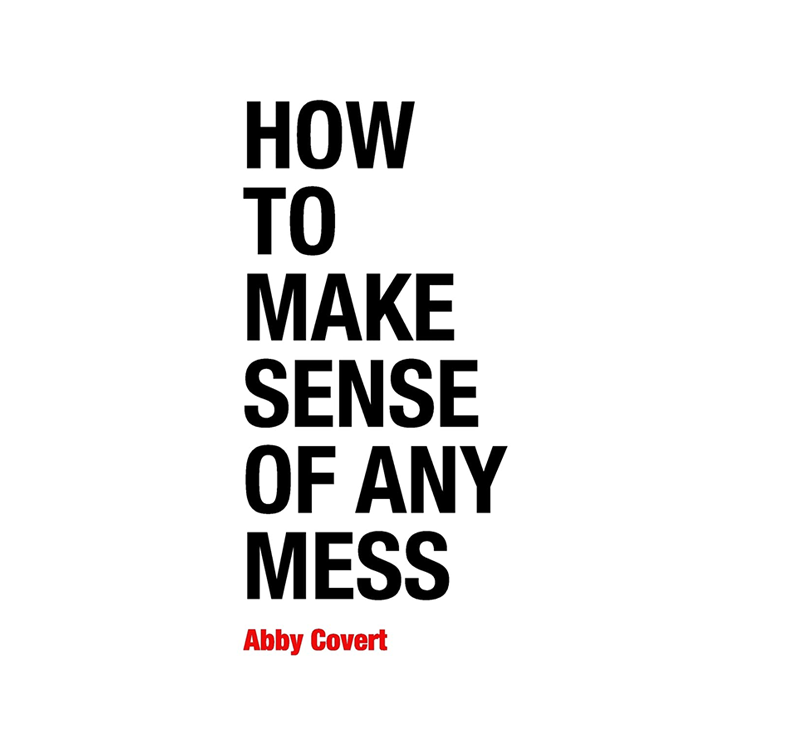
How to Make Sense of Any Mess
Abby Covert
Abby Covert provides practical approaches, methodologies and frameworks for solving big complicated problems. Includes journey mapping, hierarchy diagrams, mind maps and other ways to reduce complexity. She also gives elegant explanations of taxonomies, ontology and information architecture. Written in a digestible way where each page introduces new concepts, it's a quick read and will help you wrap your head around any tangled mess.
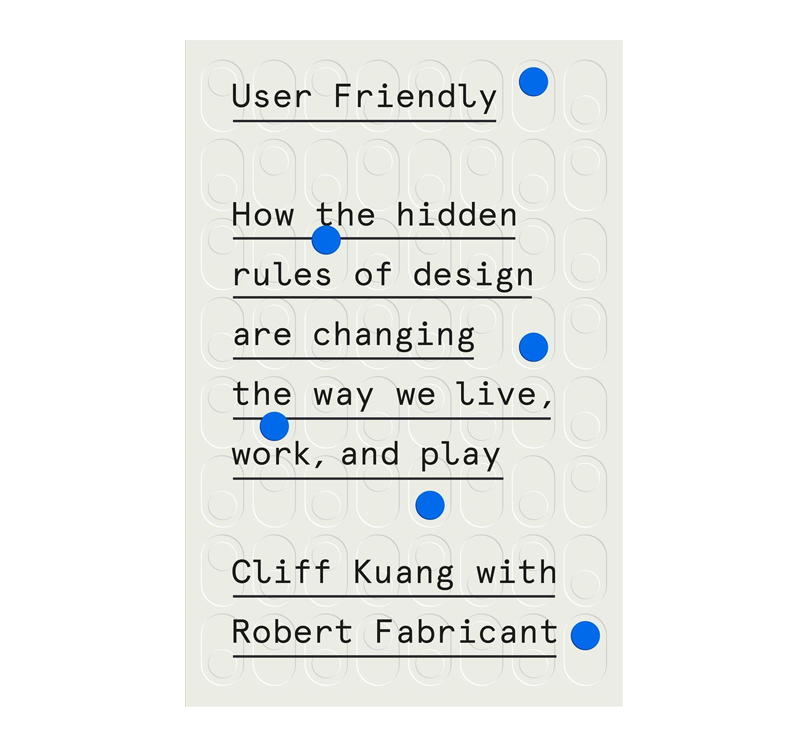
User Friendly
Cliff Kuang, Robert Fabricant
In the first chapter alone Kuang cover topics as varied as Three Mile Island, feedback loops, mental models, neural networks, post modern architecture, Snapchat and Instagram, IBM, Don Norman, the astronomical hyper reality of Silicon Valley real estate and his fascination with Google Lens, among others. This new take on the age old term "user friendly" and concept of user centered design reads like a part deux of "The Design of Everyday Things". Kuang explores the pervasiveness of the term, its origins and true meaning.

Throwing Rocks At The Google Bus
Douglas Rushkoff
Fascinating take on the state of our distributed economies. From decentralized banking to the history of money, Rushkoff breaks it down and explains the growth strategies associated with large corporations. He makes a strong case for investing in local economies, recognizing the value exchange between people, using blockchain authentication and the good that the velocity of money can bring to smaller communities. He explains the steps necessary for remaking our outdated economic operating systems.

Ruined By Design
Mike Monteiro
An eye opening account of design ethics in practice today. Monteiro challenges our assumptions. He calls us out. He takes a hard look at products like Facebook, Twitter and Über and their impact on society and the world at large. Design has more responsibility than ever and requires more thoughtfulness and self-reflection than previously expected. He makes a strong case against “moving fast and breaking things“, dark patterns, manipulative language, addictive software, unnecessary data collection and confronts the idea that a designer’s job is to make someone happy. In his words designers today are hired for their expertise and that one of the most powerful things that designers can do is say “no“.
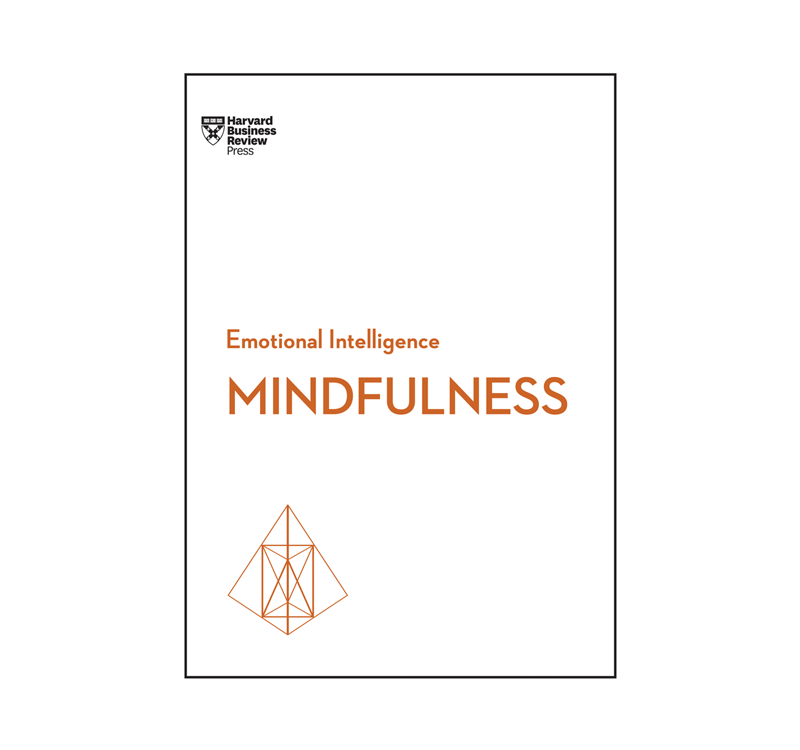
Mindfulness (HBR Emotional Intelligence Series)
Daniel Goleman, Ellen J. Langer
An eye opening account of design ethics in practice today. MonWritten by several psychological, neurological and mindfulness experts this short book takes a scientific look at the benefits of being present and its place of origin in the brain. It covers the themes of observation, focus, empathy, resilience, innovation and gratitude in today’s “attention economy”. The vignettes provide thought provoking glimpses into nonjudgmental present-moment awareness aka mindfulness at work. Many of the perspectives are written for managers and tend to have a corporate leaning—it is HBR after all.

The User’s Journey
Donna Lichaw
Stories are all around us. People think of your product as a story plain and simple. Explore concept stories, origin stories and more in this short volume on story mapping. Great products tell a great story from beginning to pain point to rising action to denouement to ender. Learn about narratives, why hearing someone’s telephone conversation is annoying and the way people typically view your product.
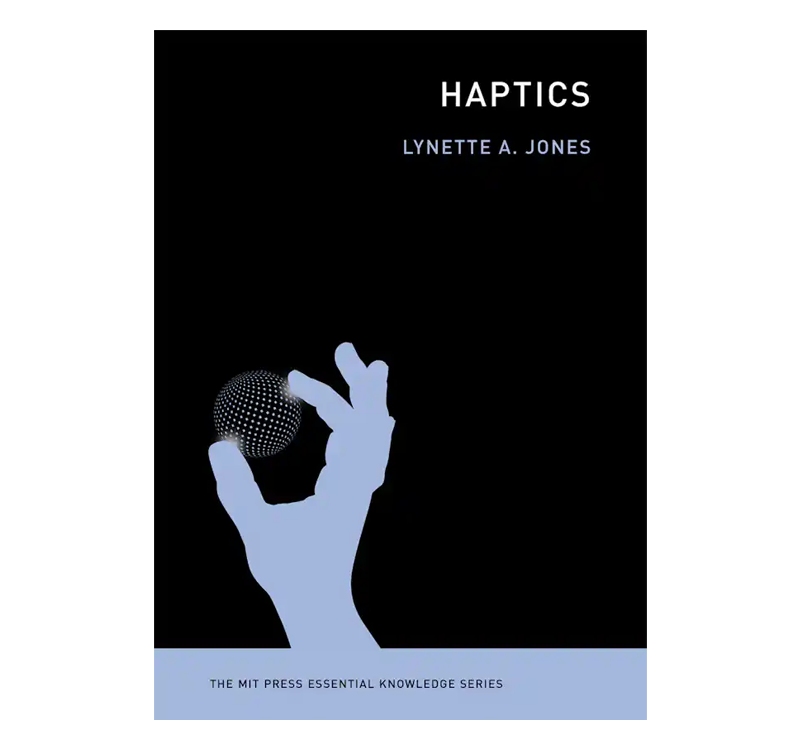
Haptics
Lynette A. Jones
Dive into the systems of touch and tactile computing. Deemed 'non-technical' this books covers the science of haptic perception and sensory information. Topics range from interaction patterns for flat-screen displays, haptic navigation, accessibility and early haptic communication systems like Braille and Vibratese.
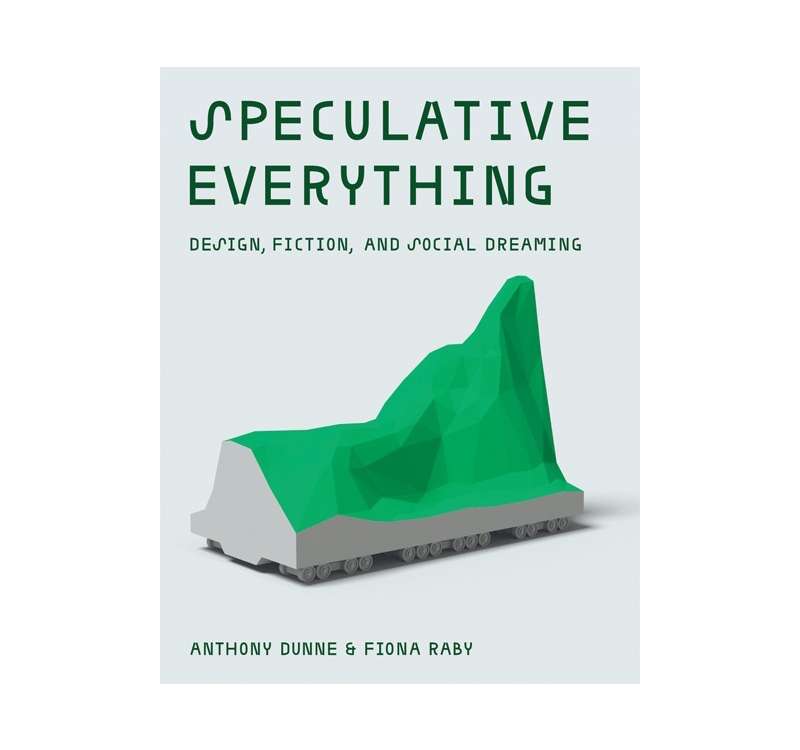
Speculative Everything
Anthony Dunne & Fiona Raby
Anthony Dunne & Fiona Raby frame design as a vibrant practice that offers alternate worldviews and futures. Design’s role is not just meant to be seen as styling or problem solving, rather “as the limits of existing systems are reached design plays an important part in questioning our products and environments”. Speculative Design plays a vital role in stimulating debate and understanding our relationship to reality.
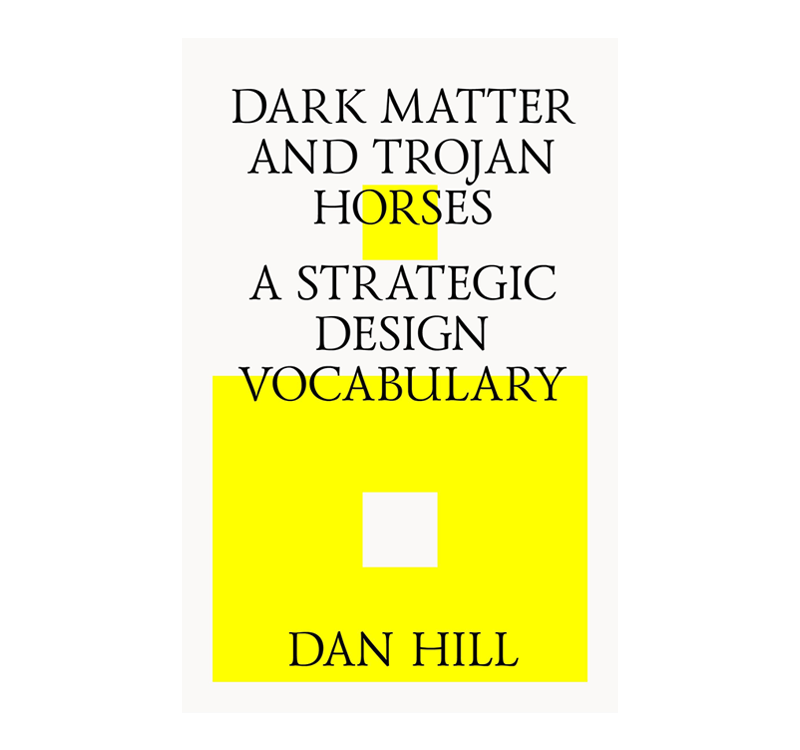
Dark Matter And Trojan Horses: A Strategic Design Vocabulary
Dan Hill
Dan Hill addresses design’s tendency to be deployed as “problem solving within a bounded system or new product development“ as he puts it. He makes a strong case that design isn’t just problem solving, that it has more to offer in terms of exploratory process. He suggests that design is more “cultural invention“. Hill explains the difference between Strategic Design and Design Thinking and offers insight into how designers might actually redesign the organizations and institutions that hire them. He makes compelling arguments against Design Thinking and uncovers its associations with the consultancy model.

Validating Product Ideas
Tomer Sharon
This book changed my views on design and the research process. Design tooling today is so incredibly good and with a robust design system it's even easier to make something look polished, believable and even plausible. Asks the question 'How do you know you're solving the right problem?' and sheds light on the iterative process through actual testing with users, not only stakeholders.

Less Is Enough
Pier Vittorio Aurelie
Pier Vittorio Aureli’s essay confronts the modern adage “less is more“ by taking a hard look at minimalism. He draws correlations to our obsession with simplicity, Steve Job’s asceticism and Le Corbusier’s bare architecture or “starchitecture“. A book about the aesthetics of frugality and austerity, Aureli traces modern day minimalism’s roots back to early Christianity and monasticism.

The Best Interface Is No Interface
Golden Krishna
Golden Krishna’s book about product design challenges our assumptions about design as image. His analysis of current design practices and outputs reference our tendencies towards interface, for better or worse. A great book for anyone making digital experiences today, it’s filled with brutalist illustrations that get the point across. He writes about our unhealthy and unnecessary reliance on screens and suggests that there’s a better way.
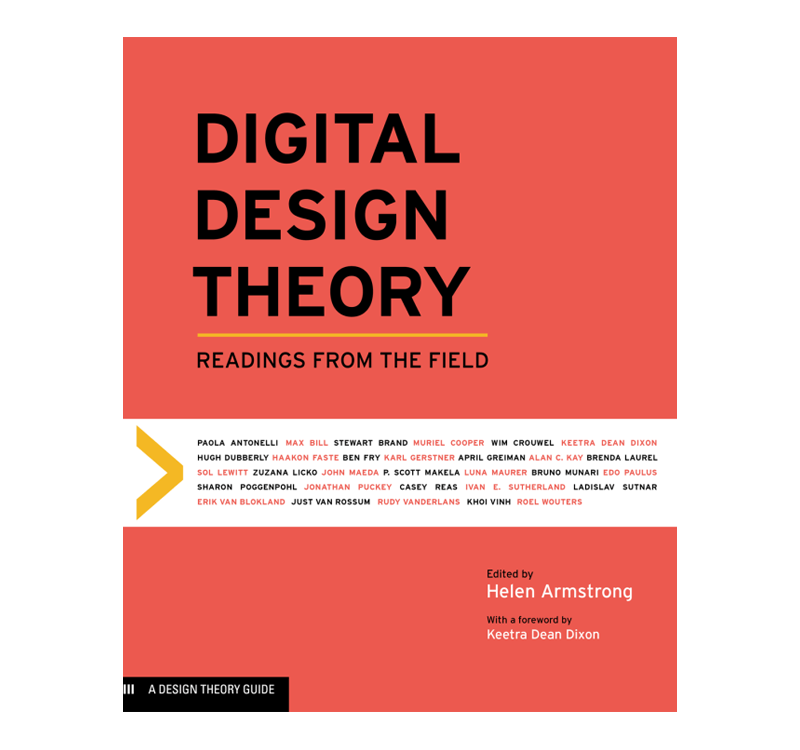
Digital Design Theory
Helen Armstrong
Helen Armstrong gives a fascinating account of design’s relationship to computing and electronic media. From the early experiments with digital graphic design to the first programmable typefaces to the rise of the hacker ethos she writes convincingly about the history of digital media. Part intellectual exercise, part mandatory reading, part catalog this book covers many aspects of design and art in the digital age.
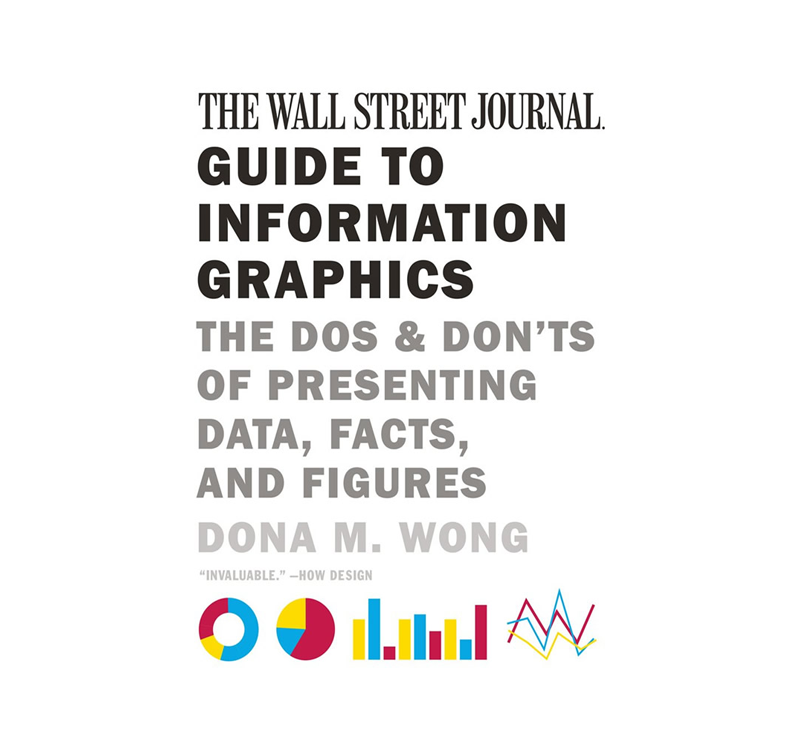
The Wall Street Journal’s Guide To Information Graphics
Donna Wong
Dona Wong presents logical examples of what to do and what not to do when it comes to presenting information. More accessible and less esoteric than some of Edward Tufte’s books on visualizations. Wong explains how to stay true to the data and the importance of labeling, typography, color and clarity when comparing facts.
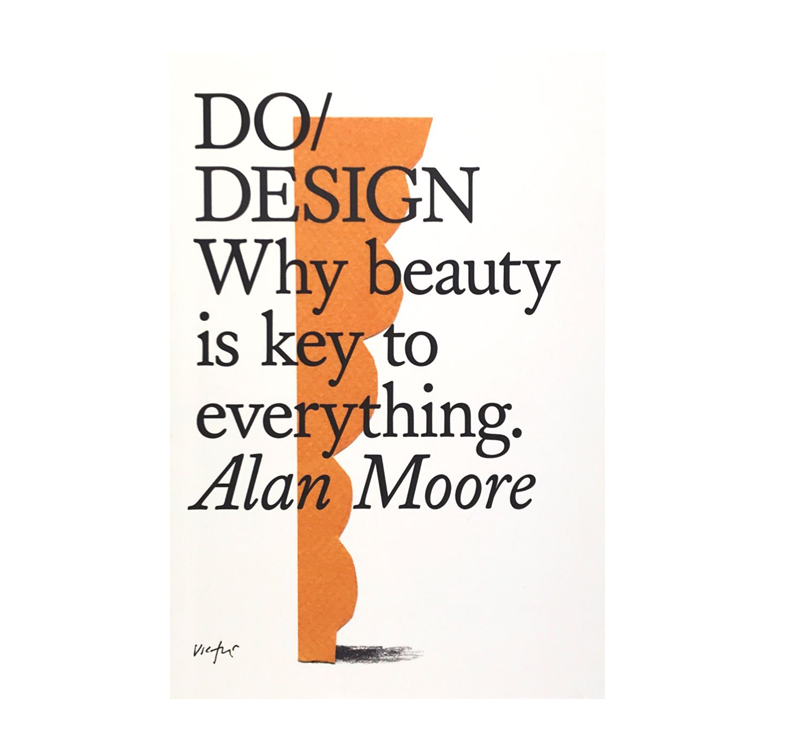
Why Beauty Is Key To Everything
Alan Moore
A book about beauty and the creative process. Alan Moore writes short sections with overarching themes like craft, process and mindset and how they apply to the act of making. Observation, curiosity and optimism all play an important part. Beautiful examples of why beauty matters.

Responsive Web Design
Ethan Marcotte
A classic not only for the mobile age but for flexible layouts in modern browsers. Makes a strong case for going beyond desktop and embracing multiple widths, resolutions and input methods. Hard to believe this book came out ten years ago. Ethan Marcotte breaks it down.
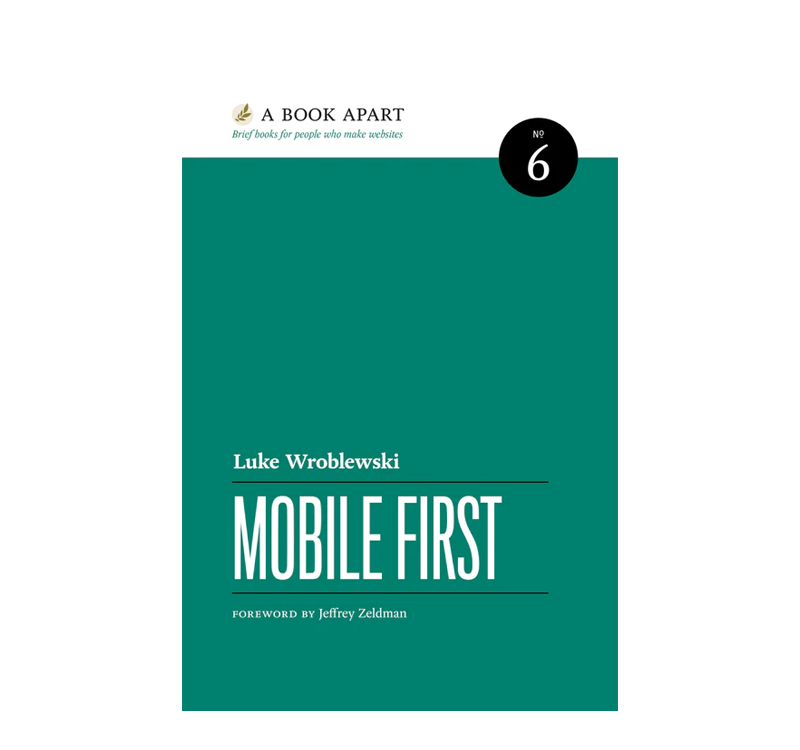
Mobile First
Luke Wroblewski
A book about embracing the constrainsts of mobile and how it helps you prioritize content and actions. Addresses performance time and interaction attention differences between desktop and mobile. Rings true even more so today. Introduces concepts like Horror Vacui prevalent in desktop centric web designs of the past. Data rich and packed full of real world examples. Luke W. spells it out plainly and simply.

Lufthansa & Graphic Design
Jens Müller
There's a collection of books by Lars Müller Publishing worth reading. This is one of them. Jens Müller edits this small but informative brand case study for Deutsche Lufthansa. Applicable to the digital age, covers photography, marketing materials, scaled wordmarks, identity, communication and experience design and the long history of the brand in advertising. Now out of print.

Design Is A Job
Mike Monteiro
Monterio strikes again. Before Twitter became 'X', self driving vehicles were on the streets of Frisco and artificial intelligence there was 'Design Is A Job'. Some things they don't teach you in school and this book walks you through all the need to knows from explaining the job, to working with clients, to presenting and to getting paid. If you've never been to Philadelphia, this is probably as close as you'll get to standing on Broad Street. Slightly more geared toward freelancing or running your own studio, however lessons like 'sticking to your process' still apply to working inside a company as well.


















